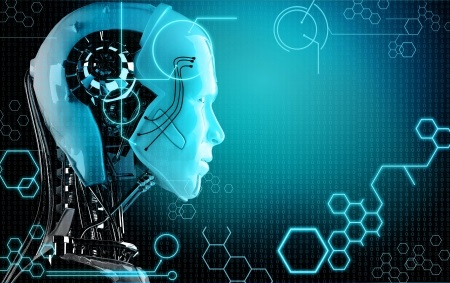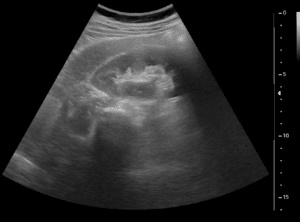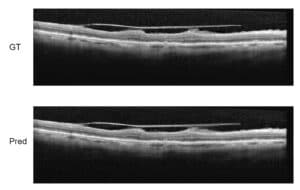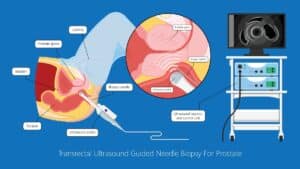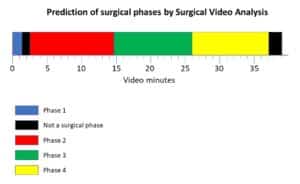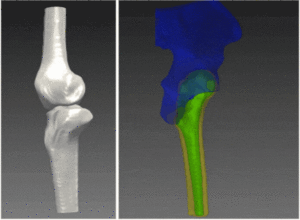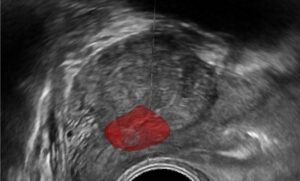When cameras are on board (or on the robot’s arm), machine vision algorithms take care of the image analysis. They assist the robot to “see” objects and understand the environment it is in, so to navigate without stumbling on obstacles. Some of the machine vision’s algorithms are application-specific, while others are common to almost all robotics applications and robots using machine vision.
Industrial robots perform assembly and “pick and place” tasks. They use machine vision algorithms to locate and arrange parts and verify operations like welding. They are built like a multi-arm machine, where each arm is a multi-joint structure allowing complicated operations.
Robots serving in agriculture can be found in the fields, assisting growing crops and near the sorting and grading lines. Robots doing field-related tasks have the form of a mobile platform and use navigation algorithms in addition to crop-specific algorithms. Grading and sorting usually require stationary robots, using arms with camera mounted on each arm. Machine vision algorithms handles the locating and grading tasks. Generally, warehouse robots can be found here carrying packages, supported by navigation algorithms.
Robots in retail can be found in the aisles of department stores and in the warehouse. The former, the aisles robots, have a friendly shape of human or very similar to it. They perform both customer guidance and shelf management. Machine vision algorithms such as face recognition and object classification are used. Warehouse robots use object detection and navigation algorithms.
Robots are employed in the semiconductor industry to perform highly accurate pick and place tasks, as well as some defect detection and classification tasks.
Medical robots serve for patients monitoring and assistance while others performs precision surgeries. Patient monitoring robots have a friendly human shape just like retail robots serving customers in aisles. They use the same machine vision’s set of algorithms. Surgical robots assist surgeons in complex surgeries and utilize machine vision algorithms to navigate inside the patient CT or simulate the surgery as in VR systems.
It is important to mention also OCR by robots and object detection robotics capabilities, that are shared by most robotic applications.
RSIP Vision has the knowledge and experience in robots using machine vision algorithms and their use in robotics applications. We use both kinds of methods, as fit: the classic ones and the advanced ones, which are based on deep learning and CNNs. Contact us to discuss your medical robotics projects.

